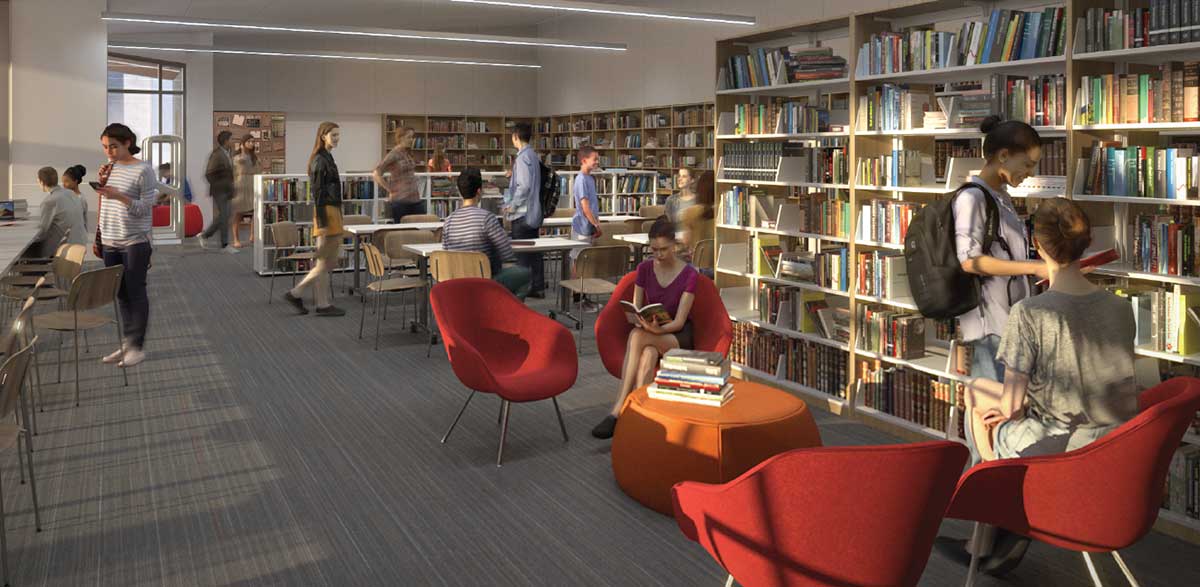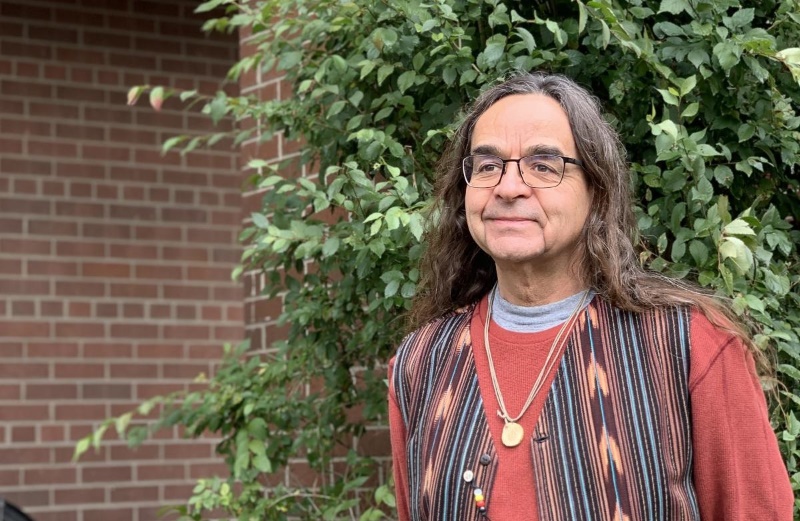371 Bloor Street West
Toronto, ON M5S 2R7 get directions
Toronto, ON M5S 2R7 get directions


Statement on Residential Schools Tragedy
The UTS community is deeply saddened by the confirmation that the remains of 215 schoolchildren have been found at the former Kamloops Indian Residential School, which was Canada’s largest residential school and closed in 1978.
We join the Tk’emlúps te Secwépemc First Nation, who live on the land in which the school stands and who have worked for years to seek truth and document the impacts of residential schools in Canada’s history, in grieving for the loss of these children.
We recognize that the recent documentation of the remains of 215 children represents a small piece of a massive and long-standing issue that is not a new historical discovery, but the uncovering of a truth that has been denied and ignored for a century by our country. We stand in support of Indigenous people in Canada who are re-traumatized by the discovery of the remains of the children in Kamloops and call for action against the continued mistreatment, neglect and systemic discrimination that continues to occur to this day against First Nations, Métis, and Inuit peoples, and in particular, to children.
This tragedy sparks outrage at the loss of innocent children’s lives in horrific conditions, many of which remain undocumented despite commitments to expose the truth of residential schools and provide basic government services to First Nations, Métis, and Inui children. We must honour the memory of each one of these 215 children by acting on the insufficient progress made on the Calls to Action outlined by the Truth and Reconciliation Commission of Canada.
To our Indigenous friends, partners, and students, we honour these children’s lives and share our condolences with all First Nations, Métis, and Inuit peoples distressed by this news. Without the truth, there can be no reconciliation, and we renew our commitment to the process of ensuring equitable resources for every Indigenous child in Canada.
The tragic scope of Canada’s residential schools
The scope of residential school history is staggering – 150,000 First Nations, Métis, and Inuit children were forced to leave their homes and attend these schools where many were maltreated, abused and/or died.
Dr. Peter Henderson Bryce, head of the American Public Health Association and commissioned in 1904 by what was then called “Indian Affairs” to survey the health of children in residential schools, estimated that children had a 40-60 percent mortality rate, and that 90-100 percent suffered severe emotional, physical and sexual abuse. He also noted that in one school that kept accurate records, 76 percent of the children at the school had died.
The penetrative radar technology used to find the remains of the children at the Kamloops Residential School may be a key tool in learning about the extent of deaths that occurred and were undocumented until now.
The government track record points to continued under-resourcing of support for the basic needs of Indigenous children. Advocates such as Cindy Blackstock, the Executive Director of First Nations Child and Family Caring Society of Canada, maintain the obligations set out in Jordan’s Principle are not being implemented. Established in memory of Jordan River Anderson, a young boy from Norway House Cree Nation, Jordan’s Principle aims to ensure that all First Nations children living in Canada can access the products, services and support they need, when they need them.
A landmark 2016 Canadian Human Rights Tribunal ruling found the federal government discriminated against 163,000 First Nations children on the grounds of race and national and ethnic origin by the long-standing practice of underfunding child and family services on First Nations reserves. It also found that the government failed to ensure First Nations children were able to access government services on the same terms as other children in Canada, as established by Jordan's Principle.
However, there continue to be barriers to access services and resources for Indigenous youth in Canada. The federal government is carrying out a judicial review on June 14 to 18, 2021 challenging the Canadian Human Rights Tribunal decision to provide compensation to First Nations children affected by discrimination, and to apply Jordan’s Principle to non-status First Nations children who live off the reserve but are recognized by their Nations.
The Truth and Reconciliation Commission’s Missing Children Research Project is working to create a register of children who died at residential schools, and so far the deaths of more than 4,100 children are documented. Sadly, the work is not done and experts believe there may be burials present at every residential school. The Assembly of First Nations published a 2020 report called Progress on Realizing the Truth and Reconciliation Commission’s Calls to Action that outlines areas still in need of action, particularly around justice, equity in the legal system and missing children.

UTS Elder-in-Residence Cat Criger.
Actions 62-65 of the Truth and Reconciliation Commission’s Calls to Action relate to education and have provided the basis of change at UTS to better reflect our unlearning, learning and relearning of Canada’s relationship with and treatment of Indigenous peoples. Our UTS Elder-In-Residence Cat Criger, with the support of Head of Academics Marc Brims, is working to ensure the reconciliation process positively evolves one conversation at a time at our school. Through weekly conversations with Cat, students and staff are learning and challenging themselves to commit to action. Together, our Indigenous Solidarity Committee wrote pledges of action and placed them on the wall in the shape of the dish with one spoon treaty, as well as work across the school on issues of concern.
UTS continues to ensure that authentic, first-hand learning takes place in classrooms informed by Indigenous perspectives, knowledge and pedagogy. Our F1 (grade 7) students visit (both online and virtually) the Woodland Cultural Centre in Brantford, an educational centre that preserves the history of the Six Nations peoples of Southern Ontario. Students have watched a documentary film about the residential school onsite called the Mohawk Institute, and attended talks by survivors of this residential school, and listened to recordings of the experiences of survivors.
Our work together with Cat stems from a deep sense of partnership and respect, and a desire to improve our students’ perception of what they can do, today, to help improve Canada’s relationships with Indigenous groups and communities, and to more accurately understand our past. We have much work to do, and are reminded again this week of the long path towards achieving trust, respect, recognition and equality.
#everychildmatters

On June 2, Elder-in-Residence Cat Criger and Indigenous Solidarity Committee students shared their reflections on the discover of the remains of the 215 children, which was followed by three minutes and 35 seconds of silence.
Indigenous Solidarity Committee reflection on #215IndigenousChildren
